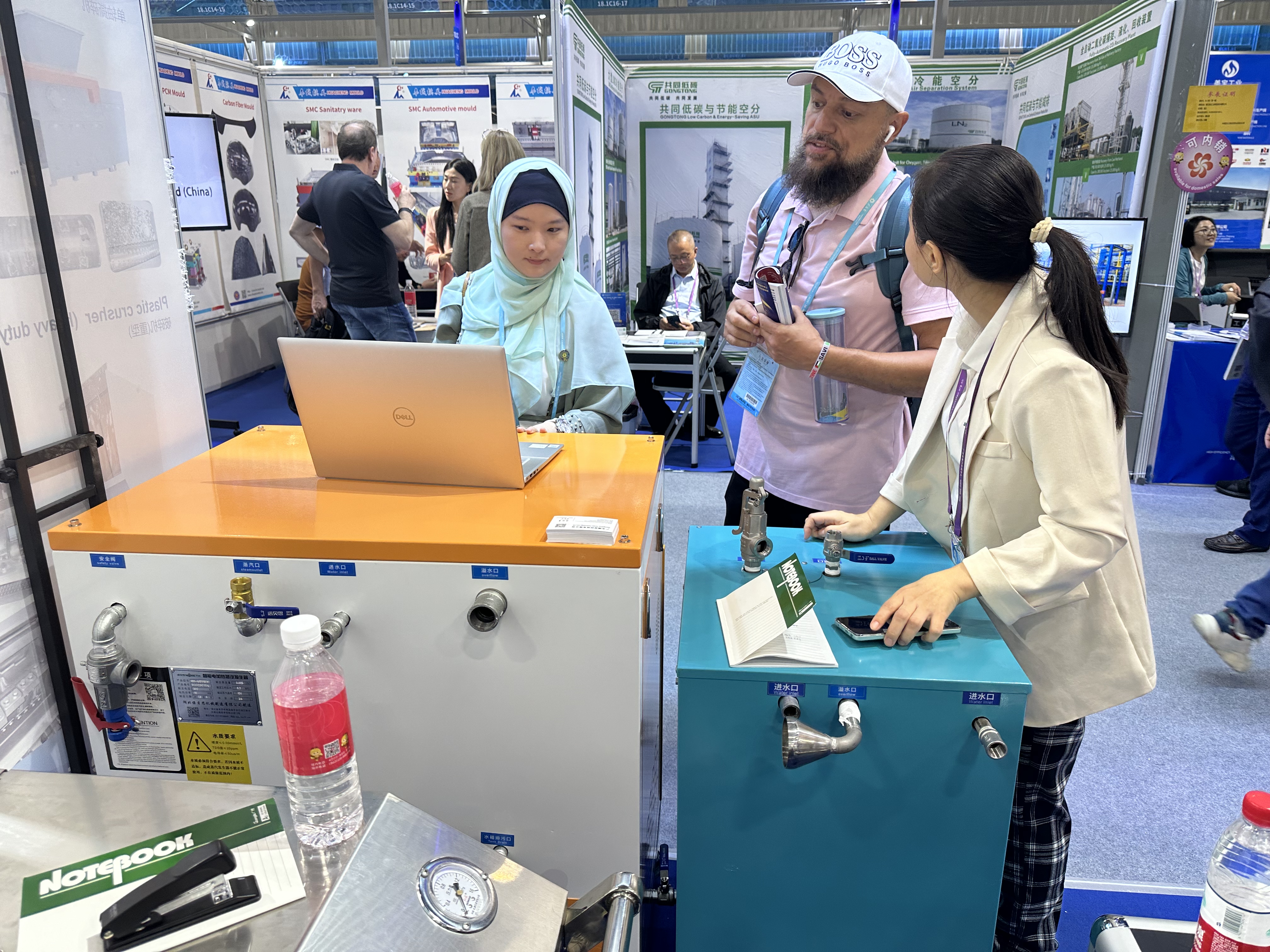A:
Aspects that need attention in the installation, use and maintenance of safety valves
The correct operation of the safety valve is very important, so what aspects should be paid attention to in the installation, use and maintenance of the safety valve?
The quality of the safety valve itself is the prerequisite for ensuring safe and stable operation. However, if the user does not operate it properly, the safety valve may not operate normally, so installation and use are very important. Among the problems reported by users, safety valve failures caused by improper installation and use account for 80%. This requires users to improve their understanding of safety valve product knowledge and technology and strictly follow operating specifications.
Safety valves are precision mechanical instruments and have relatively high requirements for their installation and use. For continuous process industries, after a set of equipment is built, it will go through several processes such as purging, air tightness, and pressure testing, and then undergo commissioning. A common mistake made by users is to install the safety valve on the process pipeline during purging. Since the safety valve is in a closed state, debris enters the inlet of the safety valve during the purging process. During the pressure test, the safety valve jumps and returns. Due to debris when seated, the safety valve will fail.
According to national standards, the following measures must be taken when purging:
1. The safety valve is allowed to be installed on the process pipeline, but a blind plate must be added to the inlet of the safety valve to seal it.
2. Without installing a safety valve, use a blind plate to seal the connection between the safety valve and the process pipeline, and reinstall the safety valve after the pressure test is completed.
3. The safety valve is locked, but there is a risk in this measure. The operator may forget to remove it due to negligence, causing the safety valve to fail to work properly.
The process operation must be stable during use. If the pressure fluctuation is relatively large, it will cause the safety valve to jump. According to national standards, once the safety valve jumps, it must be recalibrated.
In addition, the technical parameters provided by the user must be accurate, and the application medium must be fixed. For example, the medium in the technical parameters provided is air, but if chlorine is mixed with it during use, the chlorine and water vapor will combine to form hydrochloric acid, which will damage the safety valve. Causes corrosion; or the medium in the technical parameters provided is water, but the actual medium contains gravel, which will cause wear to the safety valve. Therefore, users cannot change process parameters at will. If changes are needed, they must check whether the safety valve provided by the valve manufacturer is suitable for the changed working conditions and communicate with the manufacturer in a timely manner.
If the above can be operated correctly in accordance with standard specifications, the safety valve must be tested every year, and the operator should obtain a “Special Equipment Operator Certificate.”
Post time: Nov-03-2023






